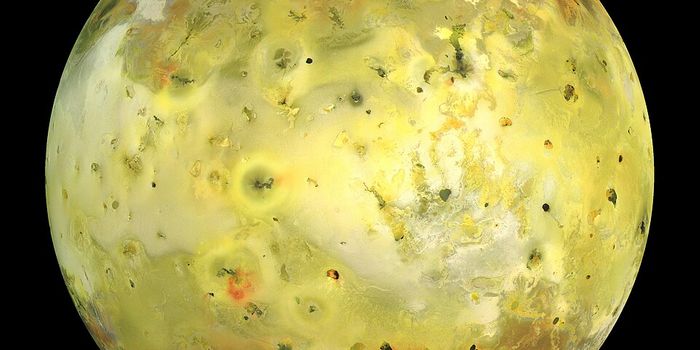Metallic Fingerprints: Spacecraft Residue Found Transforming Earth's Stratosphere
A recent study published in the Proceedings of the National Academy of Sciences examines how the Earth’s stratosphere is currently comprised of approximately 10 percent aluminum and additional metals from satellites and rocket stages burning up in the atmosphere. This study was led by the National Oceanic and Atmospheric Administration and holds the potential to help scientists better understand how such metallic concentrations could affect the Earth’s atmospheric chemistry, including the ozone layer.
“We are finding this human-made material in what we consider a pristine area of the atmosphere,” said Dr. Dan Cziczo, who is a Professor and Department Head of Earth, Atmospheric, and Planetary Sciences at Purdue University and a co-author on the study. “And if something is changing in the stratosphere — this stable region of the atmosphere — that deserves a closer look.”
For the study, the researchers took air samples from 11 miles above the ground with a series of research planes and instruments attached to their nose cones. In the end, the instruments identified greater than 20 elements found in spacecraft alloys, including lead, copper, aluminum, and lithium, and that 10 percent of the ozone layer contained aluminum and additional spacecraft metals, as well.
Study co-author, Dr. Dan Cziczo, seen next to one of the research planes used to collect data from 11 miles above the Earth for the study. (Credit: Purdue University photo/John Underwood)
This study comes at a time when the number of rocket launches is increasing every year, including a record 180 global rocket launches in 2022, which is only estimated to increase going forward. Additionally, scientists estimate that almost 50,000 satellites could be launched by 2030, as well.
“Just to get things into orbit, you need all this fuel and a huge body to support the payload,” said Dr. Cziczo. “There are so many rockets going up and coming back and so many satellites falling back through the atmosphere that it’s starting to show up in the stratosphere as these aerosol particles.”
The goal of this study was to emphasize the importance of how spaceflight could have catastrophic consequences to the planet. How will spaceflight continue to impact the Earth’s atmosphere in the coming years and decades, and what steps can be taken to mitigate these effects? Only time will tell, and this is why we science!
As always, keep doing science & keep looking up!
Sources: Proceedings of the National Academy of Sciences, EurekAlert!, Nature









